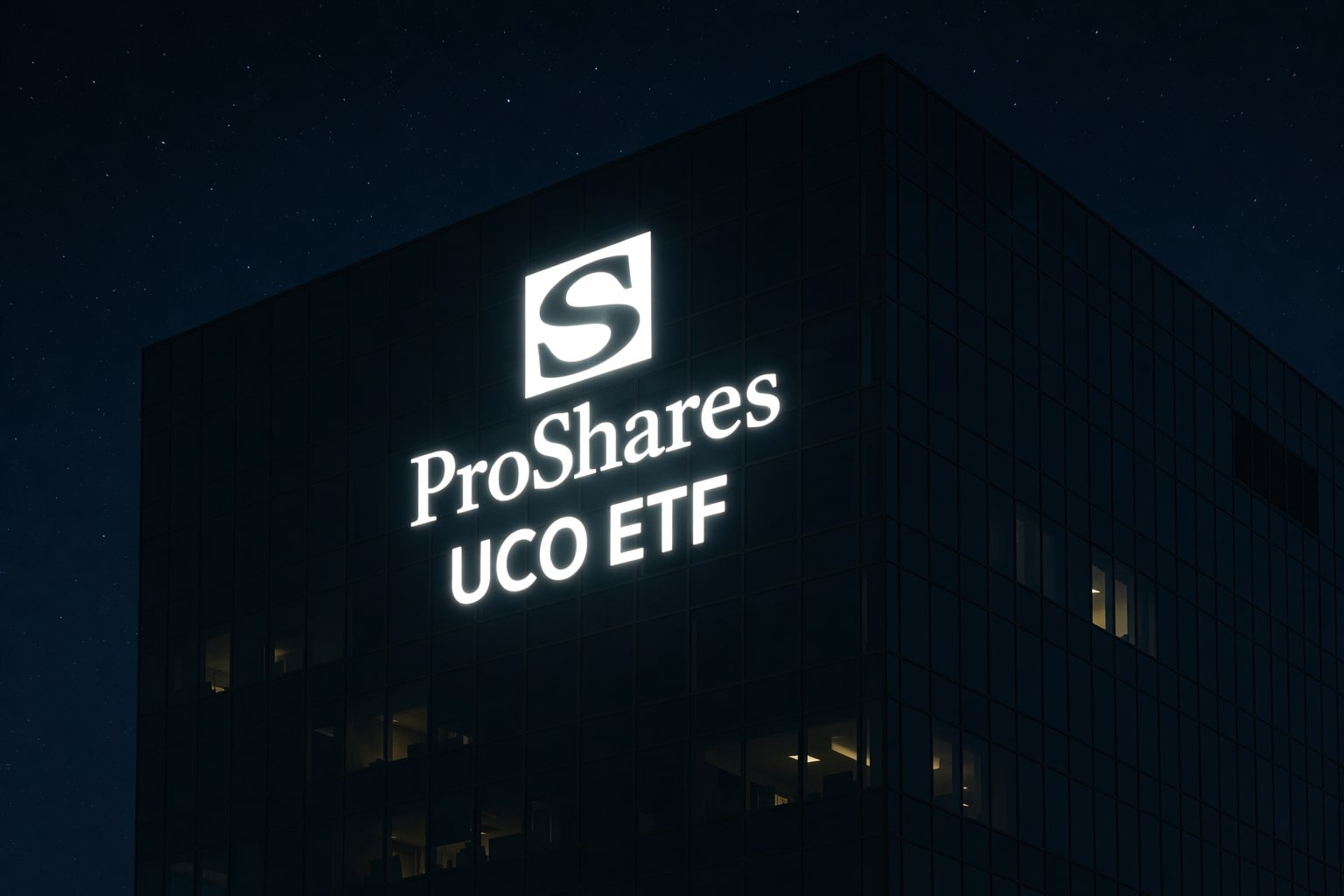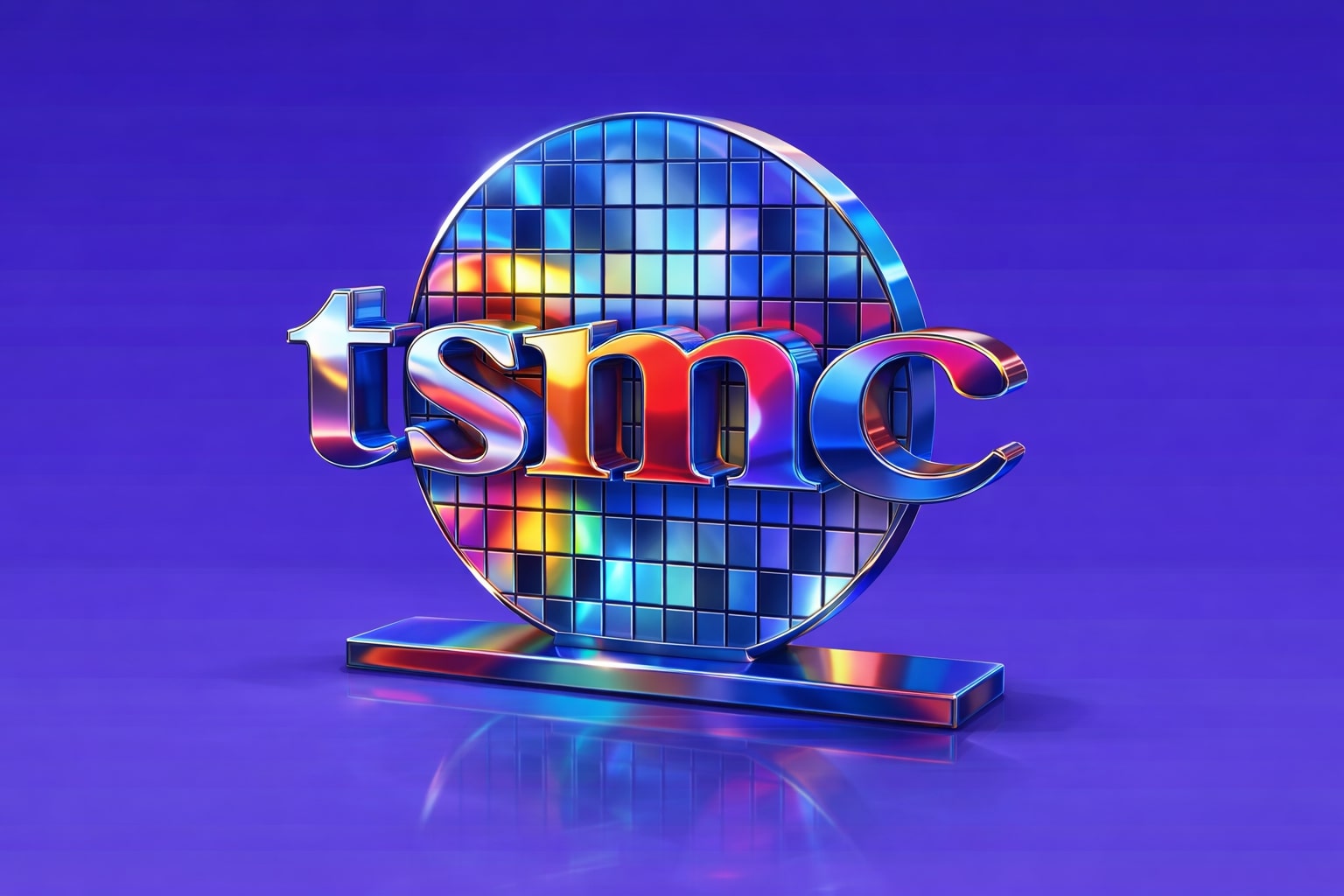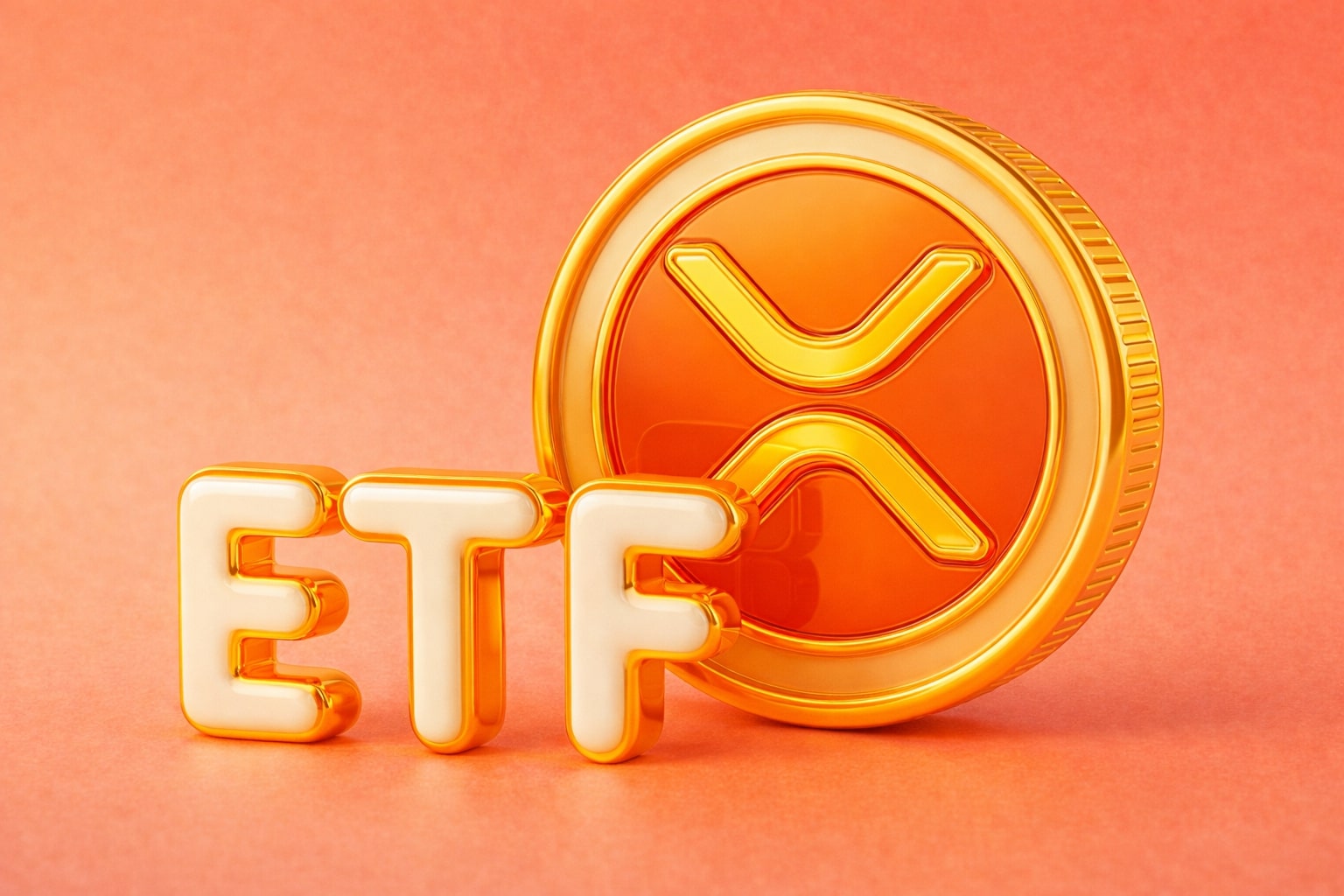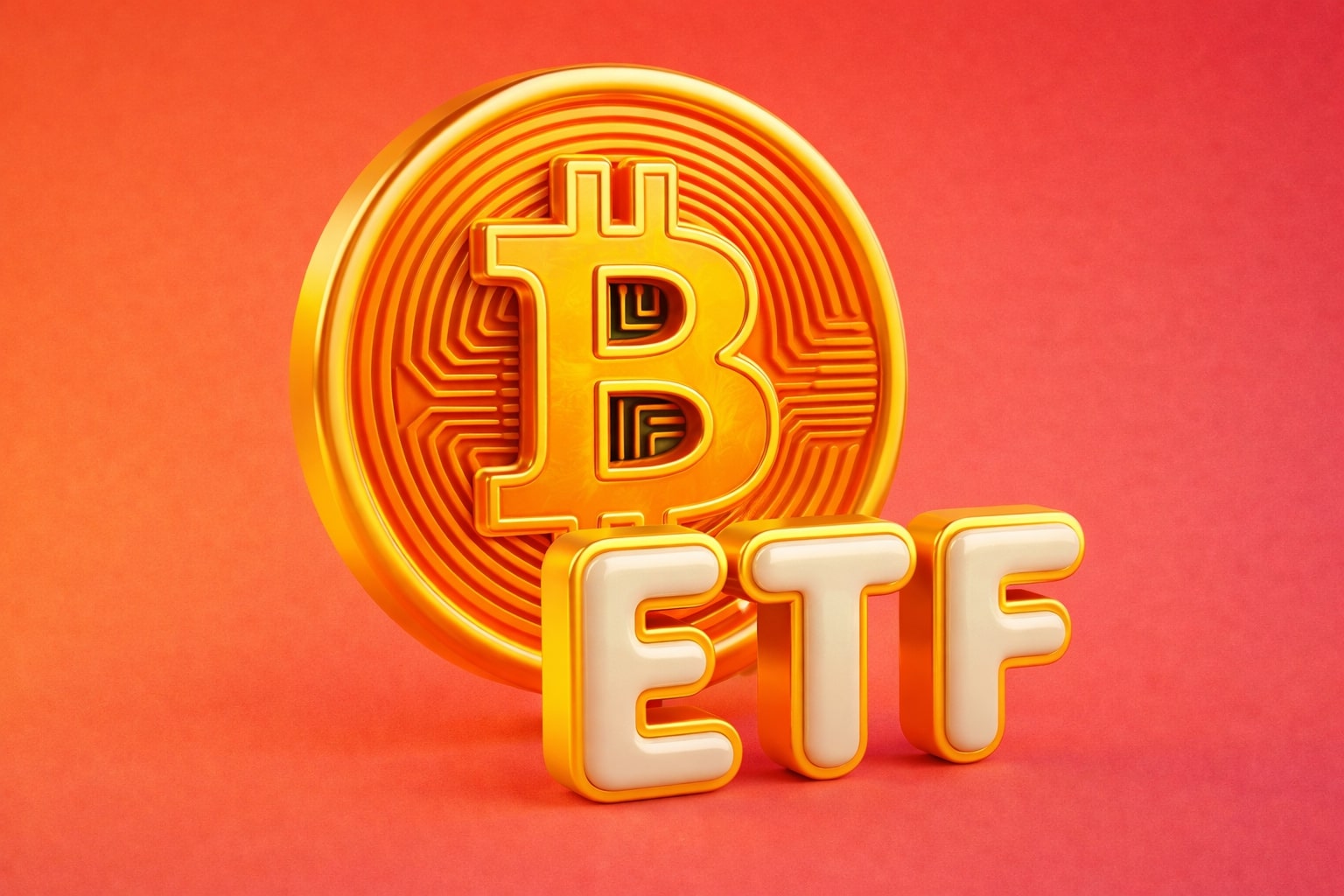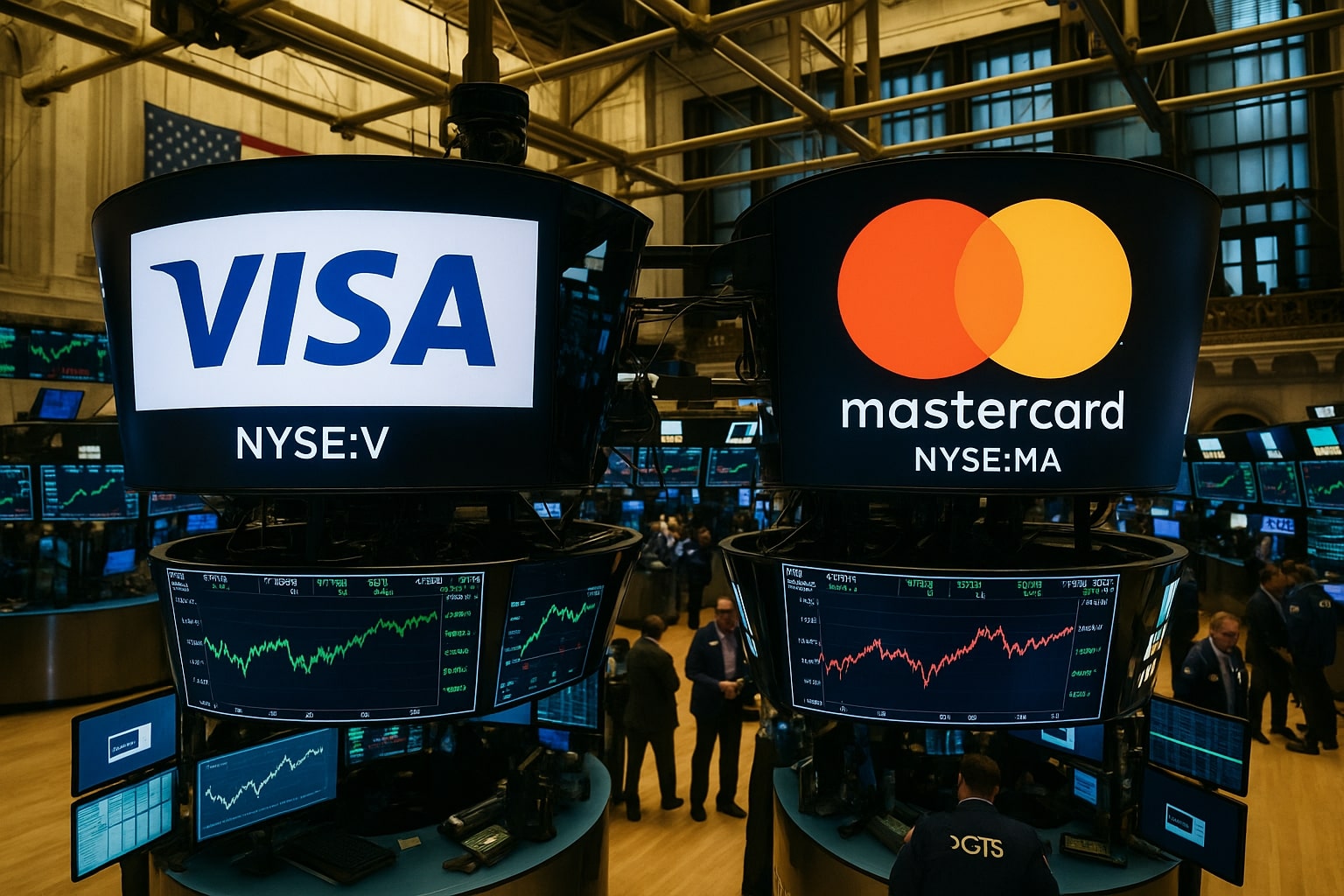
Mastercard Stock vs Visa Stock: NYSE:MA Surges Ahead of NYSE:V With Stronger EPS Growth and Global Adoption
Visa dominates in scale, but Mastercard delivers faster revenue growth, buybacks, and upside to $644 despite litigation and stablecoin risks | That's TradingNEWS
Mastercard (NYSE:MA) vs Visa (NYSE:V): Which Payments Giant Holds the Edge?
Revenue Scale and Growth Dynamics
Visa remains the largest payment processor by revenue and market cap, generating close to $39 billion in annual sales versus Mastercard’s $30.2 billion. However, Mastercard has been expanding faster—revenue grew 16.8% year-over-year in 2025 compared with Visa’s high single-digit pace. Mastercard also delivered stronger cross-border volume growth, benefiting from robust travel demand and e-commerce penetration. While Visa’s scale ensures dominance in the U.S., Mastercard is pulling ahead internationally, particularly in APMEA where purchase transactions grew 21% in two years compared with Visa’s lower double-digit growth.
Profitability and Margins
Mastercard operates with a 44.9% net profit margin and nearly 60% operating margin, slightly ahead of Visa on efficiency gains. Its ability to grow earnings faster than expenses is critical—Q2 2025 EPS of $4.15 beat estimates and was up more than 10% year-over-year. Visa maintains strong profitability as well but hasn’t matched Mastercard’s incremental margin expansion. Both benefit from the duopoly network effect, but Mastercard’s operating leverage has been more visible in recent quarters.
Valuation Premium vs Discount
As of early September 2025, Mastercard trades at $584 per share, equal to a $528 billion market cap. Visa trades at $343, with a larger $666 billion valuation. Mastercard’s trailing P/E sits at 39.4x, forward at 31.1x, compared with Visa closer to 30–31x. On PEG ratio, Mastercard is cheaper (1.98x vs Visa’s 2.37x), suggesting growth-adjusted value is more attractive despite the higher headline multiple. Analysts give Mastercard a consensus price target of $644.55 (+10% upside) and Visa a lower relative upside in percentage terms, signaling the Street believes Mastercard’s faster growth justifies its premium.
Card Adoption and Transaction Volumes
Mastercard’s card base grew 6% year-over-year to 3.6 billion, with switched transactions surging 10%. Visa has a larger total base but slower growth, highlighting Mastercard’s momentum in gaining share, especially outside the U.S. Both networks dominate globally, yet Mastercard has leaned harder into digital-first adoption and cross-border processing, two of the most profitable segments. Visa’s growth is steadier but less aggressive.
Regulatory and Macro Pressures
Both firms face regulatory scrutiny, particularly over interchange fees. In the EU, caps are set at 0.2% for debit and 0.3% for credit, while U.S. rates approach 3%. Mastercard is more exposed to litigation risk, with claims in the UK and EU running into billions, although settlements have been far smaller. Visa faces similar oversight but benefits from greater diversification in U.S. credit issuance. Rising U.S. consumer credit balances—$1.18 trillion revolving debt in 2025—could become a headwind for both, as higher delinquencies and spending pullbacks pressure gross dollar volumes.
Crypto, Stablecoins, and Tokenization Risk
Here Mastercard arguably faces greater competitive risk. Its U.S. revenue exposure (30.9% of gross dollar volume) leaves it more vulnerable to stablecoin adoption, particularly under Trump’s pro-crypto policy environment. Visa has been slower but steadier in its blockchain experimentation, while Mastercard has pushed tokenization pilots but could be more disrupted if stablecoin payments bypass traditional networks. If even 10–15% of U.S. transactions migrate to stablecoins by 2028, Mastercard would face more relative downside given its higher U.S. reliance compared with Visa’s broader global distribution.
Capital Returns: Buybacks and Dividends
Mastercard returns capital aggressively via buybacks, reducing its share base annually and boosting EPS. Its dividend yield is modest at 0.52% ($3.04 per share), similar to Visa’s 0.75%, but its payout ratio under 20% allows room for consistent increases. Visa also runs buyback programs but Mastercard’s EPS benefit from repurchases has been more pronounced. Both maintain fortress balance sheets, though Mastercard’s debt-to-equity ratio (240.9%) is materially higher, reflecting leveraged capital efficiency.
Read More
-
UCO ETF Price Forecast: Can NYSEARCA:UCO at $18.57 Ride a 2026 Oil Squeeze?
18.12.2025 · TradingNEWS ArchiveStocks
-
XRPI at $10.50 and XRPR at $14.93 Hit XRP ETF Lows While XRP-USD Holds $1.84 After 30 Days of Inflows
18.12.2025 · TradingNEWS ArchiveCrypto
-
Natural Gas Price Forecast: Henry Hub Holds Around $4 as EIA Draw Hits 167 Bcf
18.12.2025 · TradingNEWS ArchiveCommodities
-
USD/JPY Price Forecast: Pair Holds Above 155 As BoJ And US CPI Set Up A Major Break
18.12.2025 · TradingNEWS ArchiveForex
Technical Positioning and Market Sentiment
Mastercard trades at $584, above its 50-day moving average ($571) and comfortably above its 200-day ($550), with resistance near the 52-week high of $601. Visa trades around $343, slightly underperforming technically, with resistance near $350. Analysts lean more bullish on Mastercard, with “Strong Buy” consensus, while Visa garners more “Buy” than “Strong Buy” ratings. Institutional sentiment remains supportive for both, though Mastercard’s international growth narrative attracts greater enthusiasm.
Verdict: Mastercard or Visa?
Mastercard offers faster EPS and revenue growth, stronger international expansion, and more upside to analyst targets, albeit at a higher valuation and higher litigation/regulatory risk. Visa is safer, larger, and trades at a discount, appealing to more conservative investors. Based on the data, Mastercard is the growth play with higher return potential but elevated risk, while Visa is the value choice with steadier returns. For investors seeking compounding growth and buyback-driven EPS acceleration, Mastercard (NYSE:MA) is the better buy today, while Visa remains a solid hold for those prioritizing stability over upside.














